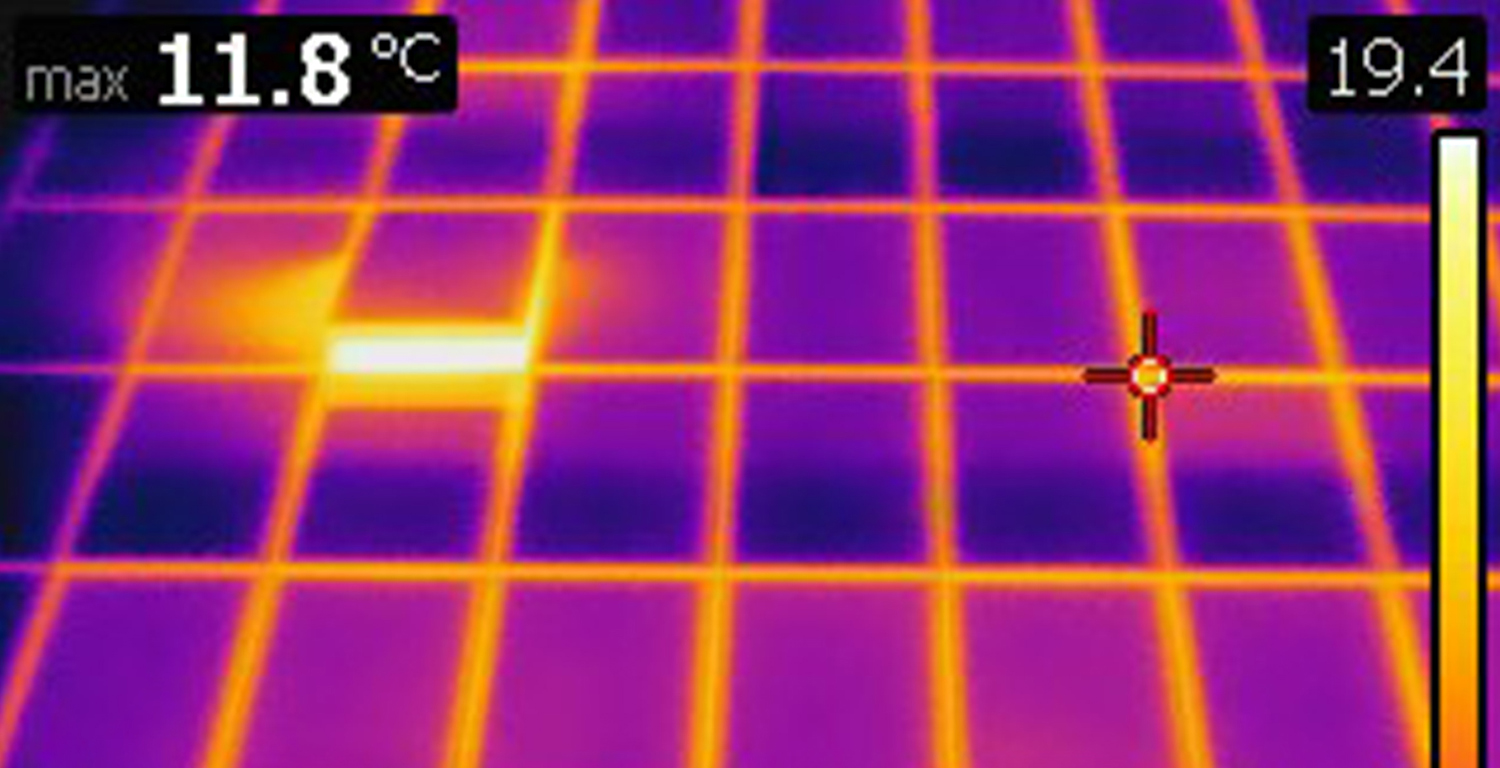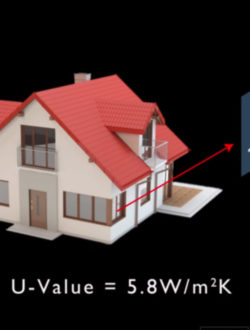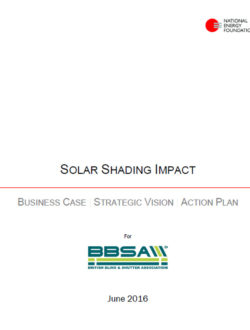The UK is a heating nation, spending more to keep our buildings warm, than cool
Effective use of blinds and shutters can help to maximise solar gain and preserve wanted heat thereby reducing heating costs.
The Problem
Glazing is typically one of the weakest elements of all building components. Its properties are static whereas the position of the sun and weather conditions vary continuously.
Modern glazing with low-e coatings are more effective than uncoated glazing but even with the best U-values of around 1.0 they are still about a quarter of the insulation afforded by a wall.
Allowing offices and other buildings to cool down at night when unoccupied requires more energy to re-heat the building ready for the following day.
The Evidence
Operative temperatures that are too low have an impact on manual tasks due to reduced dexterity of hands and sensitivity to draughts. (Beck et al).
Poorly insulated windows and glazing can result in local discomfort due to non-uniform thermal radiation known as asymmetric plane radiant temperature. For example the perimeter of the building experiences a different temperature range to the rest of the building. This would be particularly true with older glazing as the heat loss will be more significant.
Typical U-values of glazing are:
Single glazing = 5.8W/m2K
Clear double glazing = 2.9W/m2K
Clear double glazing with low-e coating = 1.0W/m2K
The Solution
Blinds and Shutters will always improve the insulation properties of glazing. The benefit will obviously be greater with older glass types but even the best heat retention glazing can see improvements in U-value of more than 10% with the correct shading products as shown in the graph below.

Blinds with reflective coatings and those using materials with air pockets such as honeycomb fabrics tend to have lower U-values. Wooden internal shutters and external insulated shutters are other heat retaining products.
Key Measure
The key measure is U-value and this can be calculated using European standards. The European Solar Shading Database (ES-SDA) is free to access and shows all the performance data, including U-value of a wide range of shading materials.





